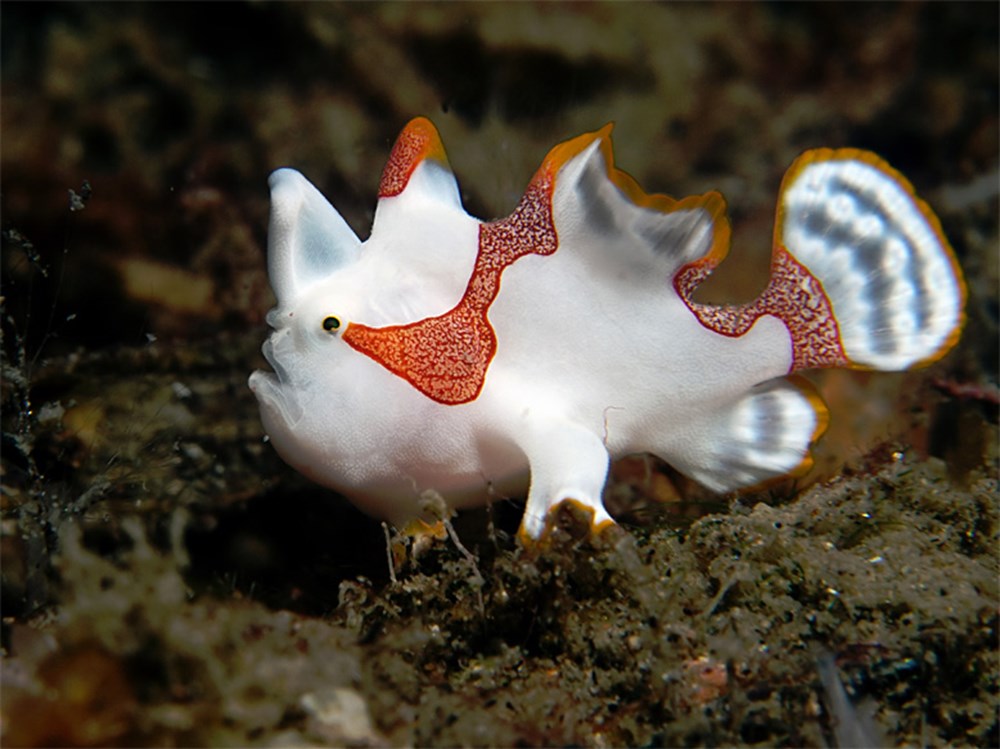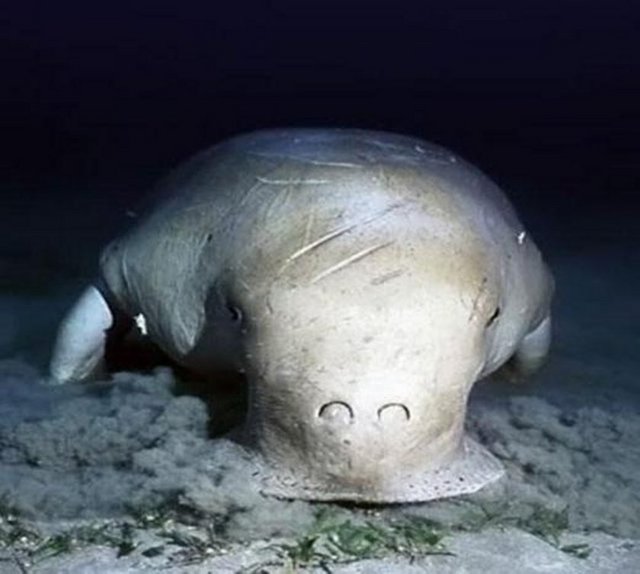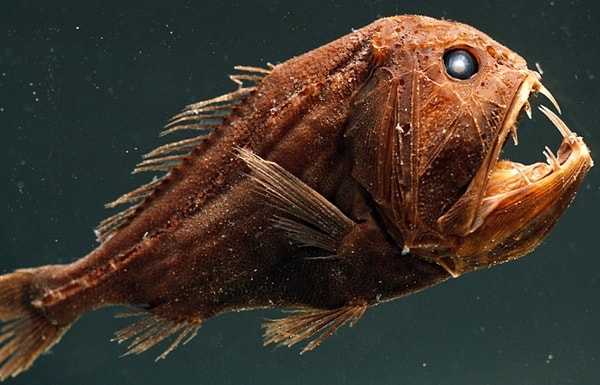he Rich Biodiversity of Marine Life: A Dive into the Fascinating World of Ocean Creatures
Introduction:
The world's oceans, covering about 71% of the Earth's surface, harbor an incredibly diverse array of marine life. From microscopic organisms to majestic mammals, the underwater realm is teeming with an abundance of species that contribute to the overall health of the planet. In this article, we will delve into the captivating world of marine life, exploring the various species that call the oceans home.
Microscopic Marvels:
The foundation of marine ecosystems lies in the microscopic organisms that form the base of the food chain. Phytoplankton, tiny plant-like organisms, are crucial for producing oxygen through photosynthesis and serve as the primary food source for zooplankton, the microscopic animals that sustain larger marine life.
Coral Reefs: Underwater Rainforests:
Coral reefs are among the most diverse ecosystems on the planet, providing a habitat for an extraordinary variety of marine species. These underwater rainforests are home to colorful coral polyps, schools of vibrant fish, and other fascinating creatures such as sea anemones, sea cucumbers, and starfish.
Enigmatic Fish Species:
The oceans are home to an astounding number of fish species, ranging from the tiny goby to the massive whale shark. Each species has adapted to its specific environment, showcasing an incredible array of shapes, sizes, and colors. Some fish exhibit intricate mating rituals, while others possess unique defense mechanisms.
Magnificent Marine Mammals:
The oceans are inhabited by an impressive array of marine mammals, including dolphins, whales, seals, and manatees. These intelligent and social creatures play vital roles in marine ecosystems, contributing to the balance of their respective habitats.
Threats to Marine Life:
Despite the remarkable diversity of marine life, it faces numerous threats, primarily driven by human activities. Overfishing, pollution, climate change, and habitat destruction pose significant challenges to the well-being of marine ecosystems, jeopardizing the survival of various species.
Conclusion:
Understanding and appreciating the rich biodiversity of marine life is crucial for fostering conservation efforts. By acknowledging the importance of ocean ecosystems and the interconnectedness of marine species, we can work towards preserving the delicate balance of life beneath the waves for future generations. 


https://bilimgenc.tubitak.gov.tr/konular/deniz-canlilari
https://www.milliyet.com.tr/egitim/deniz-canlilari-nelerdir-isimleri-ile-birlikte-denizlerde-yasayan-canlilar-6620099
How Do Marine Animals Communicate Using Sound?
Marine animals communicate using a variety of sounds, including clicks, whistles, chirps, and grunts. These sounds can be used for a variety of purposes, including finding food, avoiding predators, and attracting mates.
Clicks are one of the most common types of sounds used by marine animals. They are produced by rapidly contracting muscles in the animal's throat or beak. Clicks can be used for echolocation, which allows animals to navigate and find food in the dark. Yeni pencerede açılır
www.wonderopolis.org
dolphin using echolocation
Whistles are another common type of sound used by marine animals. They are produced by vibrating membranes in the animal's throat. Whistles can be used to communicate with other animals, such as for attracting mates or warning of danger. Yeni pencerede açılır
oceanservice.noaa.gov
humpback whale using whistles
Chirps are short, high-pitched sounds that are often used by fish. They can be used for a variety of purposes, such as attracting mates or defending territory. Yeni pencerede açılır
deepersonar.com
fish chirping
Grunts are low-pitched sounds that are often used by mammals. They can be used for a variety of purposes, such as communicating with young or warning of danger. Yeni pencerede açılır
www.gruntstyle.com
seal grunting
Here are some examples of how marine animals use sound to communicate:
- Dolphins use echolocation to navigate and find food in the dark. They emit clicks that bounce off objects and return to their ears, allowing them to create a mental map of their surroundings.
- Yeni pencerede açılır
- www.projects-abroad.co.nz
- Humpback whales use whistles to communicate with each other over long distances. They have a complex repertoire of whistles that they use for a variety of purposes, such as attracting mates, defending territory, and coordinating feeding.
- Fish use chirps to attract mates. The male fish will often chirp to attract a female, and the female will then choose the male with the most attractive chirp.
- Seals use grunts to communicate with their young. The mother seal will grunt to her pups to let them know where she is and to guide them back to the surface to breathe.
Sound is an essential form of communication for marine animals. It allows them to navigate, find food, avoid predators, and attract mates.
How Marine Animals Navigate and the Tools They Use
Marine animals use a variety of tools and techniques to navigate in the vast and often featureless ocean. Some animals use their senses of sight, smell, and hearing to orient themselves, while others use internal compasses or other magnetic sensors.
Vision
Many marine animals, such as whales, dolphins, and sea turtles, have excellent vision. They use their eyes to see landmarks, such as the sun, stars, and shorelines, to help them find their way. For example, sea turtles use the position of the sun and stars to navigate long distances between their breeding and feeding grounds. Yeni pencerede açılır
www.seaturtlestatus.org
sea turtle using vision to navigate
Smell
Some marine animals, such as sharks, have a keen sense of smell. They use their sense of smell to track prey or to find their way back to their home range. For example, sharks can smell the blood of a wounded fish from miles away. Yeni pencerede açılır
www.smithsonianmag.com
shark using smell to navigate
Hearing
Many marine animals, such as dolphins and whales, use echolocation to navigate. Echolocation is a process by which animals emit sounds and then listen for the echoes that bounce off objects. By interpreting the echoes, animals can create a mental map of their surroundings. For example, dolphins use echolocation to find food in the dark or to navigate in murky water. Yeni pencerede açılır
www.wonderopolis.org
dolphin using echolocation
Magnetic Fields
Some marine animals, such as salmon and seabirds, are thought to use magnetic fields to navigate. They may have special cells in their bodies that are sensitive to magnetic fields. For example, salmon use magnetic fields to find their way back to the same spawning grounds where they were born. Yeni pencerede açılır
blog.nature.org
salmon using magnetic fields to navigate
Internal Compasses
Some marine animals, such as sea turtles, may have an internal compass that helps them orient themselves. This compass is thought to be based on the animal's sense of gravity or the Earth's magnetic field.
Other Tools
In addition to the tools and techniques mentioned above, some marine animals use other tools to help them navigate. For example, sea turtles use the Earth's magnetic field and the position of the sun and stars to navigate, but they may also use the Earth's rotation to help them stay on course.
Marine navigation is a complex process that requires a variety of tools and techniques. By using a combination of these tools, marine animals are able to successfully navigate the vast and often featureless ocean.






































































